When Neil Armstrong made his historic steps on the Moon in 1969, the world witnessed one of the greatest moments in human history. However, few people expected that in addition to the footprints imprinted in the lunar dust, Armstrong and the Apollo astronauts left behind another less-noticed legacy: waste bags. This may seem like a small detail, but it opens up an interesting scientific story with 96 waste bags (including astronaut feces) currently scattered across the lunar surface.

The first photo taken on the Moon by Neil Armstrong had a bag of poop on it.
Waste management challenges in Apollo missions
During the Apollo spaceflights, managing astronauts’ bodily waste was a major challenge. They used simple collection tanks for urination, while defecation required bags worn directly on the body. After the mission, these bags, along with other trash, were left on the Moon to reduce the weight of the spacecraft so they could bring back valuable rock samples.
At first glance, the idea of looking at bags of feces that have been around for more than half a century may seem absurd. However, from a scientific perspective, they are a potential treasure trove. Astrobiologists are interested in studying these bags, as they may contain microorganisms or viruses that once existed on Earth . Studying how they behave in the harsh lunar environment could provide important insights into the survivability of organisms in space and the threat of biological contamination from Earth to other celestial bodies.

Apollo astronauts used this Whirlpool-designed bag for personal hygiene in space.
The Moon and the Harshness of the Space Environment
The surface of the Moon is markedly different from Earth . Lacking a protective atmosphere, the Moon is exposed to intense ultraviolet rays and extreme temperature fluctuations. This led scientists to assume that most microorganisms would be killed within a month. However, reality always brings surprises. Recent studies have shown that some bacteria can withstand similarly harsh conditions. In 2020, Japanese scientists discovered that bacteria could survive for three years outside the International Space Station (ISS), while Russian cosmonauts in 2017 discovered bacteria growing on the outer surface of the ISS under harsh temperature conditions similar to those on the Moon .
These discoveries have raised particular interest in the survival of microorganisms in the waste bags of Apollo astronauts. If these bacteria survive, it could help us better understand the adaptability of life in space. It also provides a rare opportunity to study how microorganisms can survive and thrive in an extremely harsh environment.

During takeoff, landing, and while performing activities on the lunar surface, astronauts used "maximum absorbent clothing" to "contain feces" - essentially adult-sized diapers with extra absorbent material to absorb urine and feces.
Concerns about planetary protection and the potential for biological contamination
More than just a scientific question, the presence of Earth waste on the Moon also raises the issue of planetary protection—that is, preventing biological contamination between celestial bodies. According to Hugo Lopez, a researcher at the French National Center for Scientific Research, these waste bags could affect the lunar environment and alter the results of scientific activities. The possibility of Earthly bacteria affecting the lunar environment, although small, still needs to be taken seriously.

Proposal to collect waste bags from Apollo sites
To address these questions, Mark Lupisella, an exploration integration manager at NASA’s Goddard Space Flight Center, has proposed a robotic mission to collect samples from the bags for study. The goal of the mission would be to test whether the bacteria in the bags survive, and whether they could spread into the wider lunar environment. This would be a “50-year natural experiment” that we can’t replicate on Earth , Lupisella said. The data collected could provide insight into the survival of microbes in space and help shape future space exploration protocols.

Legal and ethical issues in space exploration
Along with the scientific questions, the legal and ethical issues surrounding Apollo artifacts on the Moon have also become complicated. Under the 1967 Outer Space Treaty, the United States claims ownership of artifacts from the Apollo 11 landing site, including the waste bags. However, the Moon is considered the common heritage of mankind, creating an ambiguous legal situation regarding ownership and management of these assets.
With the development of NASA’s Artemis program and other international efforts to return humans to the Moon , the question of space waste management is more urgent than ever. The Apollo-era solution of leaving waste behind is no longer viable in today’s context from an environmental, scientific, and ethical perspective.

The future of space exploration and waste management
The challenge of waste management in space is not limited to the Moon . As humanity looks toward long-term missions to Mars and beyond, developing efficient and sustainable waste management systems becomes essential. NASA launched the Lunar Loo Challenge in 2020, seeking innovative toilet designs for both microgravity and lunar gravity environments.
Ultimately, the story of the 96 Apollo waste bags is not only an interesting piece of space exploration history, but also a reminder of the complex challenges facing humanity as it expands its presence into outer space. These legacies, however small, can provide valuable scientific insights and help shape the future of sustainable space exploration.
Source: https://giadinh.suckhoedoisong.vn/da-den-luc-cac-phi-hanh-gia-can-phai-lay-lai-96-tui-chat-thai-cua-minh-tren-mat-trang-172240916072011687.htm








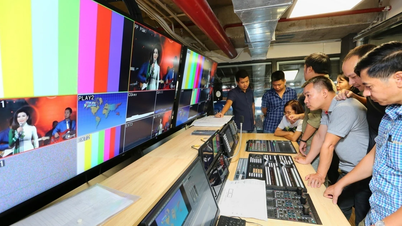

![[Video] Journalism needs to innovate and be creative to win over Gen Z readers](https://vphoto.vietnam.vn/thumb/402x226/vietnam/resource/IMAGE/2025/6/20/5da11960a46a4586a34ec2ca0e363588)

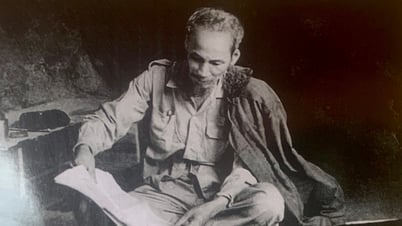













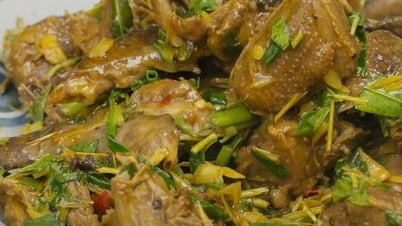























![[Maritime News] Wan Hai Lines invests $150 million to buy 48,000 containers](https://vphoto.vietnam.vn/thumb/402x226/vietnam/resource/IMAGE/2025/6/20/c945a62aff624b4bb5c25e67e9bcc1cb)





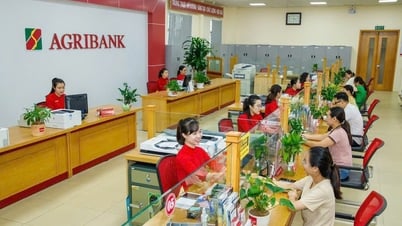












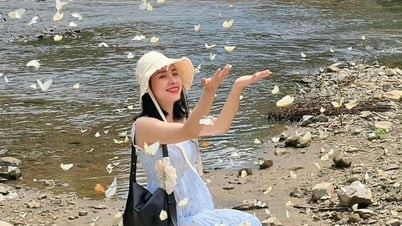








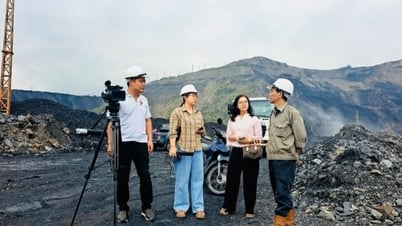

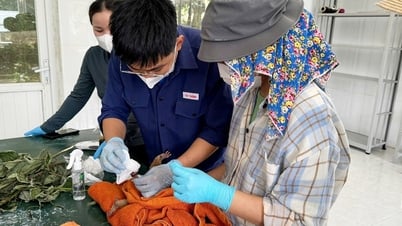
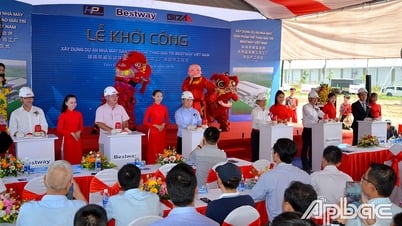

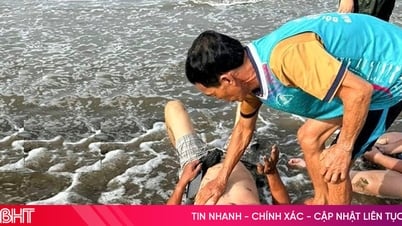














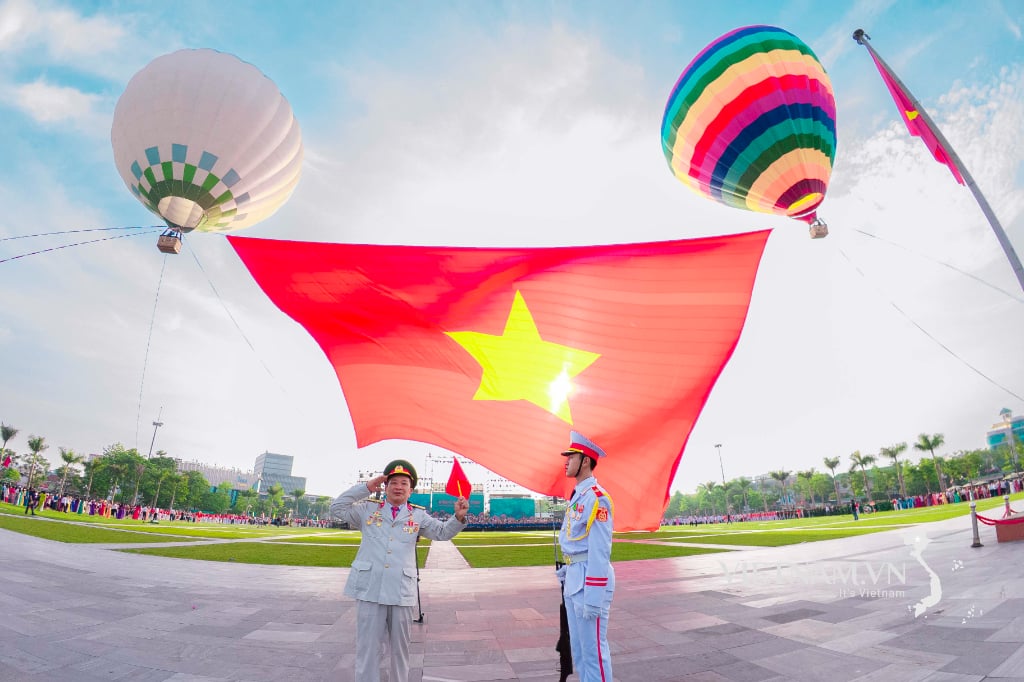



Comment (0)